Mathematics
How to Find the Best Math Tutor: Your Ultimate Guide
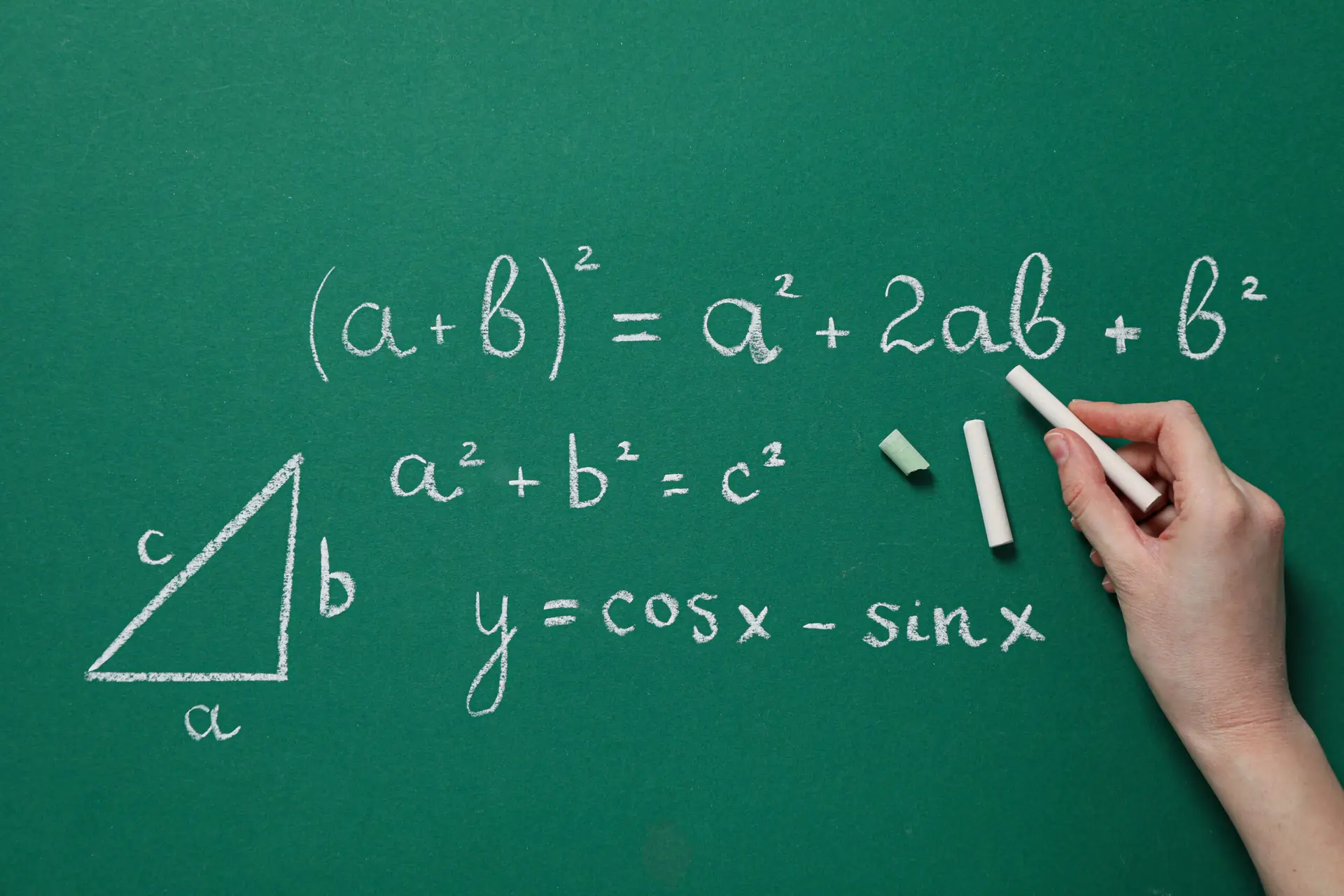
Finding the right math tutor can significantly impact a student’s academic success, confidence, and attitude toward learning. With mathematics being foundational to many aspects of education and daily life, it’s crucial to select a tutor who not only understands the subject thoroughly but also knows how to convey concepts in an accessible and engaging way. Here’s how to effectively find the best math tutor for your specific needs using online platforms like TutorConnectPro.
Understand Your Tutoring Needs First
Before diving into your search, clarify precisely what you’re looking for in a math tutor. Is your goal simply to pass an upcoming algebra test, or do you need comprehensive long-term support in calculus or geometry? Here are some considerations:
- Subject specificity: Different tutors specialize in different branches of math—algebra, calculus, geometry, or statistics. Clearly define your learning requirements first.
- Learning style: Do you learn better visually, through practical examples, or interactive problem-solving sessions?
- Academic level: Tutors who excel in teaching elementary mathematics might differ significantly from those proficient at teaching high school AP calculus or SAT prep.
Understanding your needs clearly can streamline the process of selecting a tutor who matches your exact academic requirements.
Identify Tutor Qualifications and Experience
When looking for the best math tutor, consider their educational background and tutoring experience. At TutorConnectPro, we ensure tutors have proven expertise in their respective subjects, verified through rigorous screening processes. Consider these factors carefully:
- Educational background: Preferably, the tutor should hold at least a bachelor’s degree in mathematics, education, or related fields.
- Teaching experience: Tutors with substantial teaching experience typically handle diverse student needs more effectively, adapting their teaching strategies as necessary.
- Specialization: Verify if the tutor specializes in your specific math needs—whether elementary school basics, SAT/ACT math preparation, or advanced high school courses like calculus.
Read Reviews and Testimonials
One significant advantage of online tutoring platforms like TutorConnectPro is the availability of transparent feedback. Reviews and testimonials can provide crucial insights into how well a tutor interacts with students and the quality of instruction they deliver. When checking reviews, pay attention to:
- Student improvement: Did previous students see tangible improvements in their math skills and grades?
- Teaching style and approach: Do students consistently mention the tutor’s ability to explain difficult concepts clearly?
- Reliability and consistency: Look for signs of punctuality, reliability, and professionalism, as these characteristics are critical in online learning environments.
Assess the Tutor’s Approachability and Teaching Style
A tutor might have exceptional qualifications, but their teaching style must resonate with the student’s learning preferences to be effective. For example, some students thrive under a structured approach, while others prefer an interactive and conversational tutoring session.
When you find potential tutors through TutorConnectPro, make use of initial sessions to ask critical questions about their teaching methodology:
- How do they handle complex or confusing concepts?
- What techniques do they use to keep lessons engaging?
- How do they adjust their teaching to suit a student’s pace?
A tutor who clearly communicates their methods and adapts to student needs is more likely to foster a productive and supportive learning environment.
Consider the Flexibility of Scheduling
Flexibility is a notable advantage of online tutoring. When choosing your math tutor, ensure their schedule aligns with your availability. Platforms like TutorConnectPro provide flexibility through:
- Weekend and evening availability: Accommodating extracurricular activities or family responsibilities.
- Session duration flexibility: Ability to choose between shorter, intensive sessions or longer, in-depth learning blocks.
- Immediate assistance: Capability to schedule sessions when urgent help is needed, such as before exams.
Utilize Diagnostic Tests Offered by Platforms
TutorConnectPro offers diagnostic tests to evaluate your current math skills accurately. Diagnostic assessments help pinpoint areas that need special attention, allowing you to match precisely with tutors who specialize in those areas. This method ensures efficient and targeted instruction right from the start, rather than generalized tutoring that may not directly address your weaknesses.
Trial Sessions: Try Before Committing
TutorConnectPro and similar reputable platforms often offer trial sessions or initial meetings. These introductory sessions are an invaluable resource, providing a direct glimpse into the tutor’s teaching methods, personality, and effectiveness before you commit financially and time-wise.
During these trial sessions, you should look out for:
- Compatibility of teaching style with your learning preference.
- Clarity and pace at which the tutor communicates.
- Interaction dynamics—does the tutor encourage questions and active participation?
Budget and Cost Effectiveness
While education is an investment, finding cost-effective tutoring services is crucial. Online tutoring platforms typically offer various pricing models based on session length, frequency, and the tutor’s experience and qualifications. TutorConnectPro provides transparent pricing, enabling families and students to budget effectively without sacrificing educational quality.
Consider these aspects when evaluating cost:
- Compare the tutor’s rates against their qualifications and experience.
- Look into bundled packages or long-term tutoring discounts.
- Check whether the platform provides guarantees or flexible payment options.
Evaluate Progress Regularly
Once you have found your tutor, it’s important to regularly evaluate progress to ensure the tutoring sessions continue to be beneficial. A good math tutor from TutorConnectPro will proactively discuss progress and adapt their strategy accordingly. Make sure that your tutor:
- Sets clear, measurable goals from the beginning.
- Provides regular updates and feedback on student progress.
- Adjusts teaching strategies as the student’s understanding improves or if challenges arise.
Why Choose TutorConnectPro for Finding Your Math Tutor?
TutorConnectPro provides a robust and user-friendly platform designed to connect students with highly qualified online tutors effectively. Here’s why TutorConnectPro stands out:
- Thorough Vetting: All tutors are thoroughly vetted, ensuring high-quality teaching.
- Broad Subject Coverage: Tutors cover a variety of math disciplines including algebra, calculus, geometry, and more.
- User-friendly Interface: Easy-to-use search tools and intuitive interface make the tutor selection process seamless.
- Personalized Learning: Tutors provide tailored lesson plans specifically designed to meet individual learning needs.
Ready to Find Your Ideal Math Tutor?
Finding the right math tutor can significantly change your academic trajectory. With TutorConnectPro’s extensive network of highly qualified tutors, comprehensive reviews, and flexible learning schedules, the ideal math tutoring experience is just a few clicks away.
Take the first step toward academic success today with TutorConnectPro, where effective, engaging, and personalized online math tutoring is our top priority.
Mathematics
The Role of Math in Physics: Why Mathematics Is the Language of the Universe
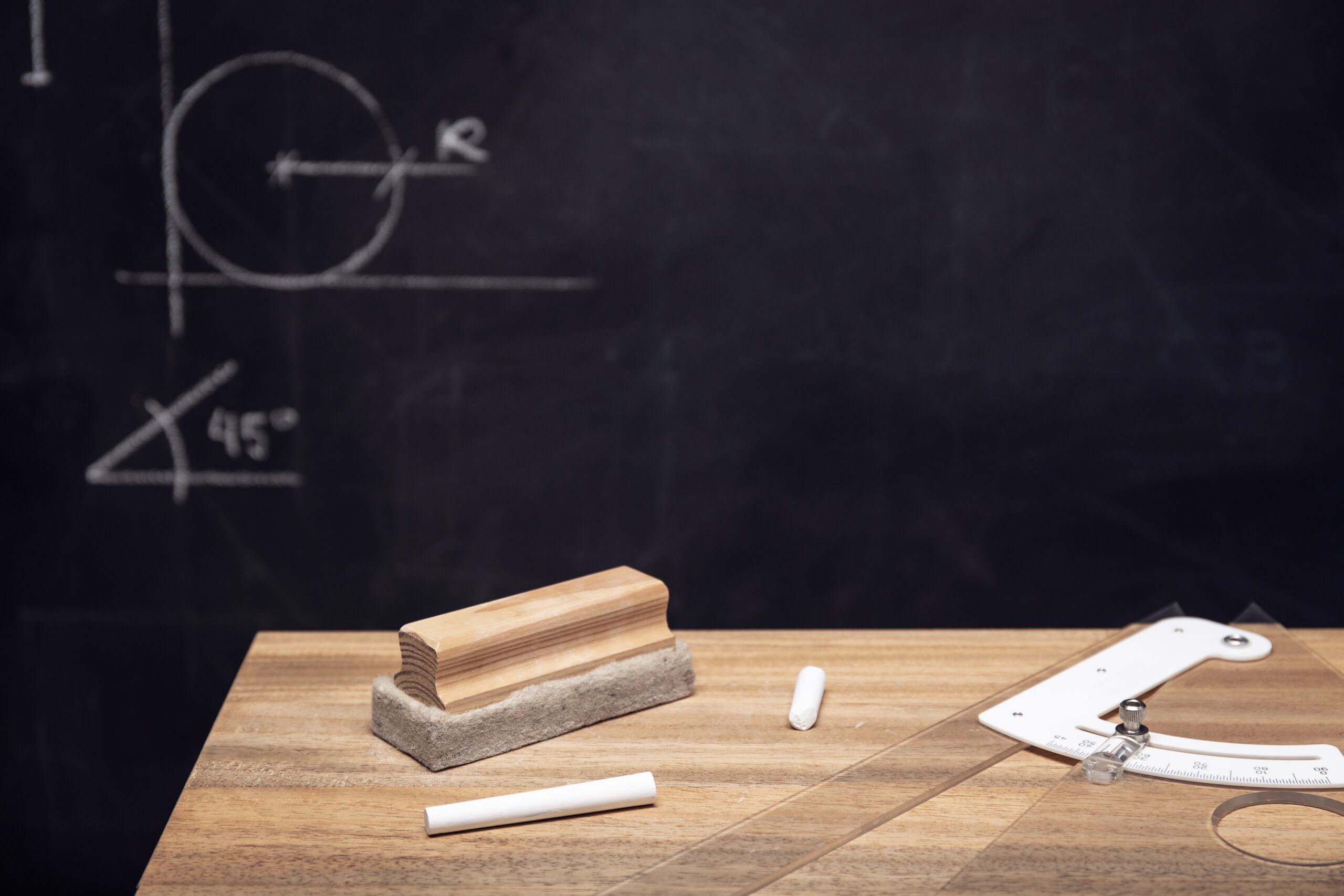
Physics seeks to explain how the universe works—from the motion of planets to the behavior of subatomic particles. But behind every physical law and scientific discovery is something essential: mathematics.
Math is not just a tool in physics; it is the very language that allows scientists to describe, predict, and understand natural phenomena. Without math, many of the breakthroughs in physics—from Newton’s laws of motion to Einstein’s theory of relativity—would never have been possible.
At TutorConnectPro, we know that one of the biggest challenges for students learning physics is not the science itself, but understanding how math connects to the concepts being taught. In this guide, we’ll explore the crucial role math plays in physics and how students can build the skills they need to succeed in both.
Why Math Is Essential in Physics
At its core, physics is about observing the natural world and asking questions like:
- How fast is an object moving?
- How much energy does a system have?
- How does force affect motion?
To answer these questions clearly and accurately, we need more than words—we need numbers, relationships, and formulas. This is where math comes in. Math allows physicists to describe what they see, make predictions, and test theories with precision.
Mathematics transforms abstract ideas into measurable quantities, providing a framework to express how things change and interact.
The Connection Between Physical Laws and Mathematical Equations
Every major concept in physics has a mathematical counterpart. Some examples include:
- Newton’s Second Law of Motion:
F=maF = maF=ma (Force = mass × acceleration) - Kinetic Energy:
KE=12mv2KE = \frac{1}{2}mv^2KE=21mv2 (Kinetic energy is half the mass times the square of the velocity) - Ohm’s Law (Electricity):
V=IRV = IRV=IR (Voltage = current × resistance) - Einstein’s Energy-Mass Equivalence:
E=mc2E = mc^2E=mc2 (Energy equals mass times the speed of light squared)
These equations are not just math exercises—they represent the underlying principles of how the universe operates.
Why Physics Needs Algebra, Geometry, Trigonometry, and Calculus
Different branches of mathematics play specific roles in physics:
Algebra
Algebra allows students to rearrange equations and solve for unknowns, which is critical when working with formulas in physics.
Geometry
Geometry helps describe shapes, angles, and spatial relationships—important when studying vectors, forces, and motion paths.
Trigonometry
Trigonometry is essential for resolving vectors, calculating angles, and analyzing wave behavior. It’s especially useful in topics like projectile motion, optics, and electromagnetism.
Calculus
Calculus introduces concepts of change and accumulation, which are necessary for understanding rates of change (derivatives) and total quantities (integrals). Calculus makes it possible to analyze motion, growth, energy, and fields that vary over time or space.
One List: How Math Helps Explain Key Concepts in Physics
Here’s a clear breakdown of how math directly supports important areas of physics:
- Describing motion: Using equations of motion to calculate speed, velocity, and acceleration.
- Calculating forces: Applying Newton’s laws with algebraic equations to determine the effects of force on objects.
- Analyzing energy: Computing kinetic, potential, and thermal energy using mathematical formulas.
- Understanding waves and oscillations: Using sine and cosine functions to model wave motion and vibration.
- Exploring electricity and magnetism: Applying algebra and calculus to analyze circuits, charge, and electromagnetic fields.
- Studying fluids and pressure: Using ratios, proportions, and calculus to solve problems involving fluid dynamics.
- Modeling planetary motion: Employing geometry and calculus to predict orbits and gravitational effects.
- Explaining thermodynamics: Applying equations to calculate heat transfer, work, and energy efficiency.
Why Physics and Math Together Build Problem-Solving Skills
Learning to apply math in physics does more than help students pass exams. It builds critical thinking and problem-solving skills that are valuable across disciplines. Students learn to:
- Break complex problems into manageable parts.
- Identify the knowns and unknowns in a scenario.
- Choose the right formula or approach for the problem.
- Check their solutions for accuracy and logic.
- Understand why a solution works—not just how to get the answer.
This approach to thinking prepares students not only for advanced studies in science and engineering but also for real-life problem-solving.
The Real-World Impact of Math in Physics
The role of math in physics extends far beyond the classroom. Some examples of real-world applications include:
- Engineering and architecture: Designing bridges, buildings, vehicles, and machines with precise calculations.
- Medicine and healthcare: Using physics-based imaging technologies like MRIs and CT scans.
- Environmental science: Modeling climate systems, predicting weather patterns, and analyzing pollution data.
- Technology and electronics: Developing computers, smartphones, and communication systems based on principles of electricity and magnetism.
- Space exploration: Calculating trajectories, fuel needs, and navigation for spacecraft.
These examples highlight that understanding the math behind physics opens doors to innovation and discovery across multiple fields.
How Tutoring Can Strengthen the Math-Physics Connection
Many students find physics challenging not because they can’t grasp the scientific concepts, but because they struggle with the math that supports those concepts. Tutoring can make a significant difference by:
- Clarifying mathematical procedures used in physics problems.
- Breaking down complex equations into understandable steps.
- Providing visual aids to explain abstract concepts.
- Reinforcing algebra, geometry, trigonometry, or calculus skills as needed.
- Building confidence through guided problem-solving and personalized instruction.
At TutorConnectPro, our online tutors are skilled at connecting math with physics in ways that help students understand both better. Our focus is not just on solving problems—but on understanding why solutions work.
Final Thoughts: Math Is the Language That Brings Physics to Life
Math and physics are deeply connected—one cannot fully exist without the other. Mathematics provides the structure and tools that make it possible to describe, predict, and understand the physical world with precision.
By strengthening their math skills, students unlock the power to grasp physics concepts more easily and to apply these ideas creatively in real life.
If your child could benefit from extra support in math, physics, or both, explore how TutorConnectPro can provide personalized tutoring to build confidence, skills, and understanding that last a lifetime.
Geometry
How Geometry Shapes the World Around Us
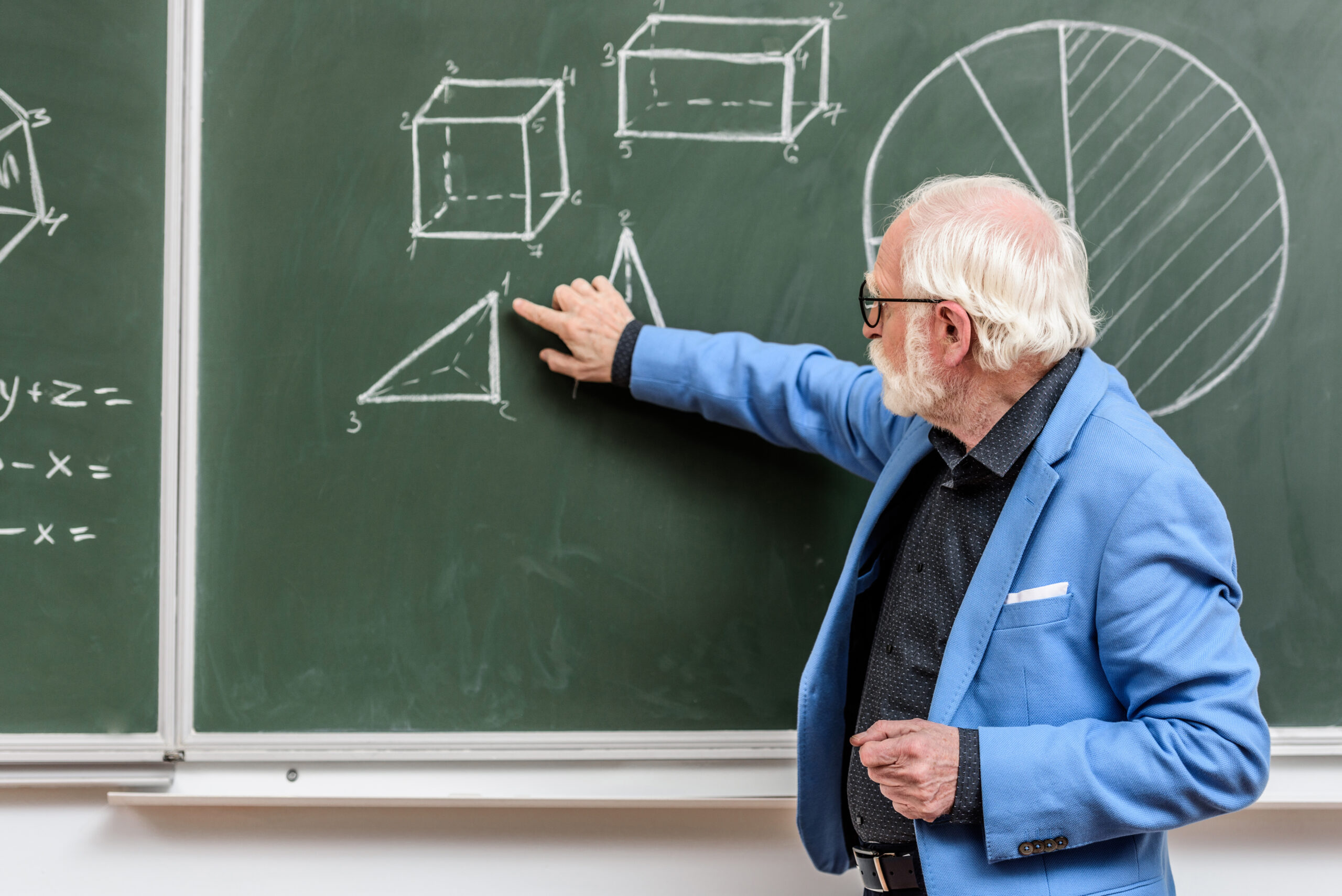
When most people think about geometry, they picture protractors, triangles, and complicated formulas scribbled across math worksheets. But geometry is much more than a school subject—it’s the language of shapes, patterns, and space that helps us understand and navigate the world.
From the design of your favorite smartphone to the structure of a honeybee’s hive, geometry shapes the world around us in ways both obvious and hidden. At TutorConnectPro, we believe that when students see how geometry connects to the real world, it becomes more than just memorizing theorems—it becomes meaningful.
In this post, we’ll explore how geometry influences everyday life, where its principles appear in nature, art, and engineering, and how understanding these connections can deepen a student’s appreciation for math.
What Is Geometry?
At its core, geometry is the study of shapes, sizes, positions, and the relationships between objects in space. It explores points, lines, angles, surfaces, and solids—and how these elements interact with one another.
Geometry dates back to ancient civilizations like the Egyptians and Greeks, who used it to measure land, build monuments, and study the stars. Over time, geometry has become one of the fundamental branches of mathematics, providing the framework for many fields of science, technology, and design.
Why Geometry Is More Than Just Shapes
Although we often learn about geometry through drawings of triangles, circles, and polygons, the principles go far beyond the classroom. Geometry helps us:
- Understand spatial relationships (like where objects are located and how they move).
- Predict how structures will hold up under pressure or weight.
- Analyze patterns and symmetry in art, design, and nature.
- Solve real-world problems in construction, engineering, robotics, and even medicine.
Seeing these applications helps students understand why geometry matters—not just for passing a test, but for understanding the world.
Geometry in Nature: Patterns and Symmetry All Around Us
One of the most beautiful examples of geometry in action is in the natural world. Nature often follows geometric rules—sometimes with stunning precision.
Consider these examples:
- Hexagonal patterns in honeycombs: Bees instinctively use hexagons because they efficiently divide space with minimal material.
- Spiral patterns in shells and galaxies: These follow the Fibonacci sequence, a mathematical pattern closely linked to geometric growth.
- Symmetry in flowers, leaves, and animals: Many organisms exhibit bilateral symmetry (like butterflies) or radial symmetry (like starfish).
- Crystal structures in minerals: Molecules arrange themselves in repeating geometric patterns, forming beautiful crystalline shapes.
Understanding these natural patterns can make geometry feel less abstract and more connected to life.
Geometry in Architecture and Engineering
Geometry is the foundation of construction and design. Architects and engineers rely on geometric principles to create stable structures, efficient spaces, and visually appealing designs.
Some key applications include:
- Triangles in bridges: Triangles distribute weight evenly, making them ideal for strong frameworks.
- Circles and arches in buildings: Curved shapes like arches can support more weight than flat beams, a principle used since ancient Roman architecture.
- Golden ratio in design: The golden ratio (approximately 1.618) is used in architecture and art to create aesthetically pleasing proportions.
By studying geometry, students gain insight into how the world is built—from skyscrapers to stadiums.
Geometry in Art, Design, and Technology
Geometry isn’t confined to science and engineering—it plays a vital role in creative fields too.
Artists and designers use geometric concepts like:
- Perspective drawing: Using vanishing points and angles to create depth in two-dimensional art.
- Symmetry and tessellations: Repeating shapes without gaps or overlaps, seen in works by artist M.C. Escher and in Islamic art.
- Pixel grids and vectors in graphic design: Digital art relies on geometric grids and shapes to create images.
- 3D modeling and animation: Geometric algorithms power the design of video games, movies, and virtual environments.
These real-world uses help students appreciate how geometry brings creativity to life.
One List: How to Help Students See Geometry in Everyday Life
Parents and educators can make geometry more engaging by helping students recognize how it appears all around them. Here are some effective ways to do that:
- Look for shapes and symmetry in nature during walks or hikes—observe flowers, leaves, and animal patterns.
- Explore architecture in your community, pointing out arches, domes, triangles, and repeating patterns in buildings and bridges.
- Try hands-on geometry activities like building structures with toothpicks and marshmallows or drawing tessellations.
- Incorporate art projects that involve perspective drawing, symmetry, or mandala designs.
- Discuss the role of geometry in sports, such as the angles in pool, soccer field layouts, or the curves of a running track.
- Introduce simple design software that uses grids and shapes to create graphics or 3D models.
- Analyze packaging and product design, noticing how shapes maximize space or attract attention.
- Use puzzles and games like tangrams, pattern blocks, or logic games that rely on spatial reasoning.
- Watch documentaries about architecture, engineering, or nature that highlight geometric concepts.
- Encourage creative problem-solving, asking questions like, “How would you design a bridge that could hold the most weight?”
Why Geometry Supports Critical Thinking and Problem-Solving
Beyond shapes and measurements, geometry teaches valuable thinking skills:
- Logical reasoning: Understanding proofs and the relationships between angles and shapes sharpens logical thinking.
- Spatial awareness: Visualizing how objects fit together supports success in fields like robotics, engineering, and design.
- Problem-solving: Geometry teaches students to approach problems systematically, break them down into parts, and find solutions step-by-step.
These skills are not limited to math—they translate to everyday decision-making and many career paths.
When Tutoring Can Strengthen Geometry Skills
While geometry can feel intuitive for some students, others may struggle with its visual nature or the abstract reasoning required for proofs and problem-solving. Tutoring provides:
- Personalized instruction that matches the student’s learning style.
- Clear explanations with visual aids and real-world examples.
- Strategies for tackling challenging concepts like theorems, transformations, or coordinate geometry.
- Confidence-building practice that turns frustration into mastery.
At TutorConnectPro, our tutors work with students to make geometry understandable, relatable, and engaging.
Final Thoughts: Geometry Is Everywhere—We Just Have to Look
Geometry shapes the way we understand the world, from the structure of a honeycomb to the tallest skyscrapers. It’s not just about triangles and formulas—it’s about recognizing patterns, solving problems, and seeing connections between math and everyday life.
By helping students explore these connections, we can transform geometry from a source of stress into a subject that sparks curiosity, creativity, and confidence.
If your child could benefit from extra support in geometry or other math subjects, explore how TutorConnectPro can provide personalized tutoring that makes learning meaningful and enjoyable.
-

 Private Tutor10 months ago
Private Tutor10 months agoUnderstanding Private Tutoring Rates: What You Need to Know
-

 Tutoring11 months ago
Tutoring11 months agoHow Many Tutoring Sessions Should I Schedule for Best Results?
-

 Study Tips12 months ago
Study Tips12 months agoHow to Get Over Failing a Test: Practical Steps for Bouncing Back
-

 Phonics11 months ago
Phonics11 months agoWhat Is Phonics and Why Is It Important for Early Readers?
-

 Study Tips10 months ago
Study Tips10 months agoHow to Prepare for a Biology Exam: Strategies for Success
-
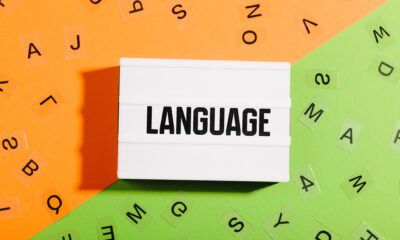
 Phonics10 months ago
Phonics10 months agoThe Difference Between Phonics and Whole Language Learning: What Parents Need to Know
-

 Phonics11 months ago
Phonics11 months agoThe Best Age to Start Phonics Instruction: A Guide for Parents
-
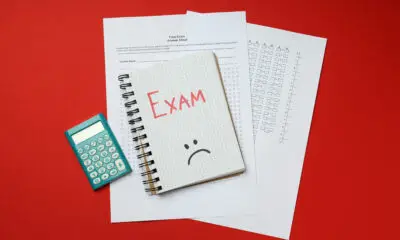
 Study Tips12 months ago
Study Tips12 months agoWhat Happens If You Fail an AP Exam? Understanding Your Options and Next Steps





